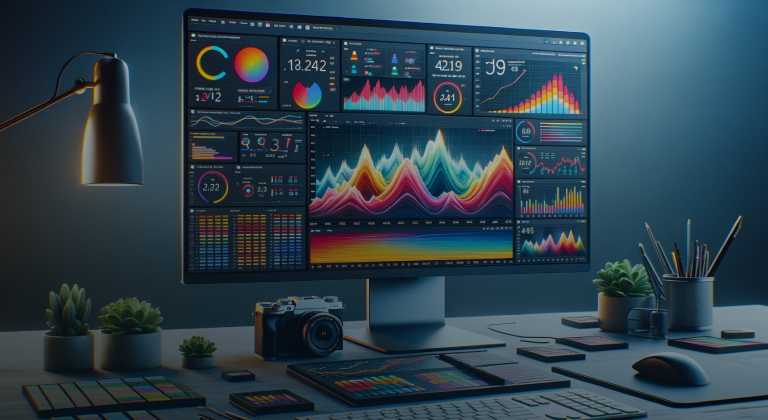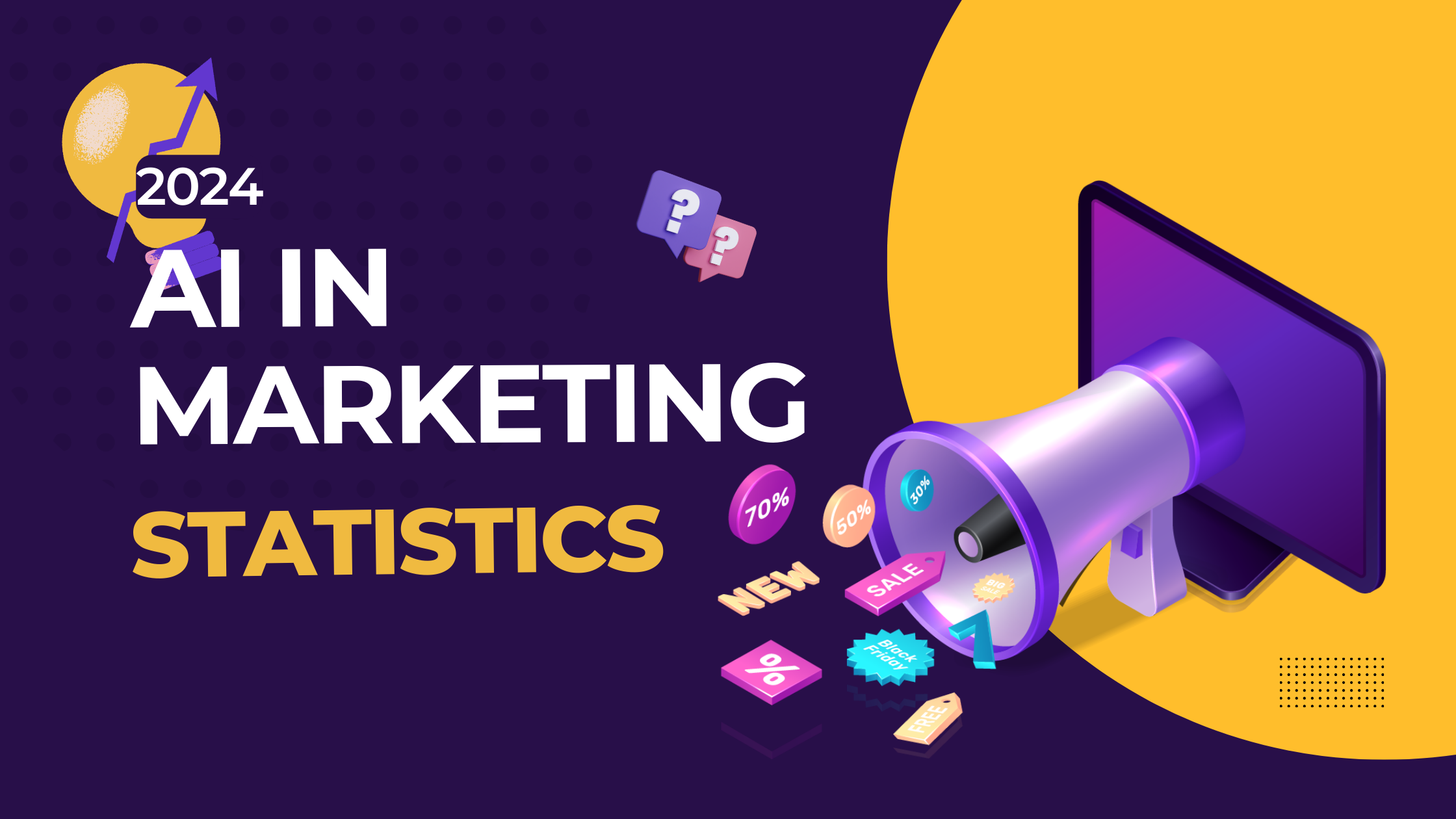A Graphic Processing Unit (GPU) is a hardware component that handles complex calculations in a computer system. It includes visual tasks necessary for displaying multimedia like images, videos, and the games you play on your computer.
GPUs today have increased workloads, especially with Artificial Intelligence (AI) and Machine Learning (ML) tasks. The rise in demand for these AI and ML-based applications, deep learning in particular, is forecasted to extend profitable opportunities to its market players in 2020-2027.
Editor’s Choice
How big will the GPU market size be? Tag along to learn the latest GPU statistics and how modern technologies complement the industry expansion.
- The GPU global market is expected to reach 773.07 Billion USD in 2032 from 42.2 Billion USD in 2022.
- GPU market revenue is 56.25 Billion USD in 2024.
- Asia Pacific dominated the GPU market in 2022.
- GPU quarter-to-quarter shipments had a significant increase in Q3 2024.
- Ethereum miners spent 15 Billion USD on GPUs during a 2020-2022 crypto craze.
- The global cryptocurrency mining hardware market is expected to reach 3.22 billion USD by 2030.
- Nvidia's RTX 3060 has seen the biggest incline in December 2022.
- Nvidia RTX 4090 tops Tom's Hardware GPU Benchmarks and Hierarchy 2024 table.
Which Companies Lead the GPU Market Industry?
The three leading GPU producers in the world are Nvidia, AMD, and Intel. A market study by Jon Peddie Research reveals the three companies shipped 61.6 million in the 2nd quarter of 2024, showing increased shipments and market share. This represents a 27% year-over-year decrease but an 11.6% quart-over-quarter increase.
In 2022, the global market for GPUs was valued at 42.2 billion USD. Prudence Research forecasts it is expected to reach 773.07 billion by 2032 at a compound annual growth rate (CAGR) of 33.8 % between 2024 and 2032.
GPU Stat Across All Digital Platforms
Whether for gaming, multi-display, or something else, GPUs are a hit—it's a billion-dollar market. We may have seen a couple of declines in the past, but numbers are anticipated to reach higher by 2032.
The following sections will show you recent stats on the GPU market and the performances of the top market leaders making a difference in the GPU global market.
1. GPU market revenue is 56.25 billion USD in 2024
(Precedence Research)
The GPU market is growing steadily and looks promising in the next nine years. It is projected to reach up to 773.07 billion USD in 2032. Factors driving the growth of the GPU global market from 2017 to 2027 are:
- Electronics
- Automobile
- IT & Telecom
- Defense and Intelligence
- Media and Entertainment
In the coming years, it is anticipated that the growing market for wearable and portable electronics, artificial intelligence, and the popularity of virtual and augmented reality will all contribute to a faster rise in the GPU market.
2. Asia Pacific dominated the GPU market in the 2022
(Precedence Research)
Growth drivers for the GPU market are:
- Increasing penetration of the internet
- Rising use of technologies in countries like China, India, Japan, and South Korea
- Substantial growth of the gaming industry
The Asia-Pacific region is foreseen to remain dominant in the GPU market in the foreseeable future.
3. GPU quarter-to-quarter shipments had a significant increase in Q3 2024.
(Jon Peddie Research)
Shipments of GPUs and PCs declined in Q2 year-over-year, but this quarter saw a notable surge. These increases are mostly in:
- GPU and PC unit shipments (12.4%)
- AMD load (22.9%)
- Intel shipments (11.7%)
- Nvidia shipments (7.5%)
Due to AMD's big jump, only this company among the top 3 plays saw a significant increase in the overall market share. AMD had a 1.2% increase in its overall market share, while NVIDIA and Intel saw a decline of -0.8% and -0.4%, respectively.
4. Nvidia achieved a 78% shipment share in the worldwide PC discrete GPU (dGPU) market in Q1 2022.
(Statista)
Nvidia was the market leader during the first quarter of 2022, with 78% of dGPUs shipped for PCs worldwide. AMD seconded it at 17%, and Intel with 4%.
| 📝 Note: PUs are made available either as discrete or integrated components. A discrete GPU, aka a dedicated graphics card, is separate from the CPU with its own dedicated memory and cooling. Meanwhile, an integrated graphics card borrows resources from the rest of the PC. |
5. Desktop GPU sales totaled 51.8 billion USD in 2021.
(Jon Peddie Research)
Research reveals that overall sales of desktop GPUs in 2021 were 51.8 billion USD, amounting to a four-year high of 49.021 million. The average pricing was about $1,056 per unit in 2021 —roughly twice the average cost for a top-tier graphics card in Q3 2019.
6. Crypto miners purchased 25% of all GPUs sold in the first half of 2021.
(Tom's Hardware)
25% of all GPUs sold in 2021 is equivalent to roughly 700,000 units with high-end and mid-range specs estimated to total 500 million USD.
Sales of add-in board (AIB) graphics cards were significantly influenced by cryptocurrency mining in 2020. The strong demand for the best graphics has greatly benefited AMD, Nvidia, and their AIB partners in the same period.
7. Ethereum miners spend 15 billion USD on GPUs during a 2020-2022 crypto craze.
(Bloomberg)
Bitpro Consulting analysts calculate that Ethereum miners spent 15 billion USD on GPUs between 2020 and 2022, with mining rigs not included in the approximation. They are estimated to have consumed about 10% of the dGPU supply.
The increase in GPU spending by miners started in October-November 2020 when Ethereum prices significantly increased. Since then, people have started to use graphic cards bought at a retail price to mine Ethereum coins. The event coincided with the release of AMD and Nvidia's competitive series cards in late 2020.
8. The global cryptocurrency mining hardware market is expected to reach 3.22 billion USD by 2030.
The size of the global cryptocurrency mining hardware was estimated to be 1.61 billion USD in 2021. It is expected to rise to 3.22 billion USD at a Compound Annual Growth Rate (CAGR) of 8% from 2024 to 2030. The increasing demand for cryptocurrency-specific hardware is the primary reason that is foreseen to drive this growth.
9. Nvidia's RTX 3060 has seen the biggest incline in December 2022.
(Steam)
As reported by WePC.com, Steam GPU stats reveal that the Nvidia RTX 30-series card had the largest percentage shift in GPU usage in December 2022, with the RTX 3060 increasing +0.47% to 3.88%. The RTX 3060 Ti comes in second place at +0.31%, preceded by the RTX 3070 at +0,28%.
10. Nvidia RTX 4090 tops Tom's Hardware GPU Benchmarks and Hierarchy 2024 table.
(Tom's Hardware)
After testing nearly every GPU released in the past seven years, Tom's Hardware concluded that Nvidia's GeForce RTX 4090 graphics card is the undisputable performance leader. It was made with increased core counts, clock speeds, and power limits compared with all contenders.
2nd place goes to AMD RX 7900 XTX, which costs 70% less than RTX 4090. The RTX 4090 is only 3% faster than the RX 7900 XTX at 1080p ultra. All of the scores were scaled relative to the top-ranking RTX 4090.
Conclusion
Most PCs and GPUs are made by the three market leaders: Intel, Nvidia, or AMD. Their GPUs make modern technological advances like AI. At the same time, these technologies help the GPU market rise. Also, thanks to blockchain, GPUs have become a premium commodity for mining computers.
GPUs aren't created equal; GPU comparison is measured by speed, performance, and efficiency in different devices. Based on the Tom's Hardware ranking, the Nvidia RTX 4090 is currently the leading GPU.
All metrics appear to be rising for the worldwide GPU market. Prices for GPUs will keep growing as the demand is strong, particularly for the three major GPU manufacturers; Nvidia, AMD, and Intel.
Frequently Asked Questions on GPU Statistics
How to measure GPU performance?
To quantify the performance of a GPU, you need to test how quickly data can be sent to the GPU or read back from it, how fast the GPU kernel reads and writes data, and how fast it can perform computations. You can use the Unigine Heaven and Cinebench tests.
What is my GPU performance?
In Windows, open the Task Manager app. Look under the "Performance" tab and select the GPU option. This will show a comprehensive breakdown of your graphics card performance metrics. You may find your GPU temperatures, current memory usage, etc.
Sources






